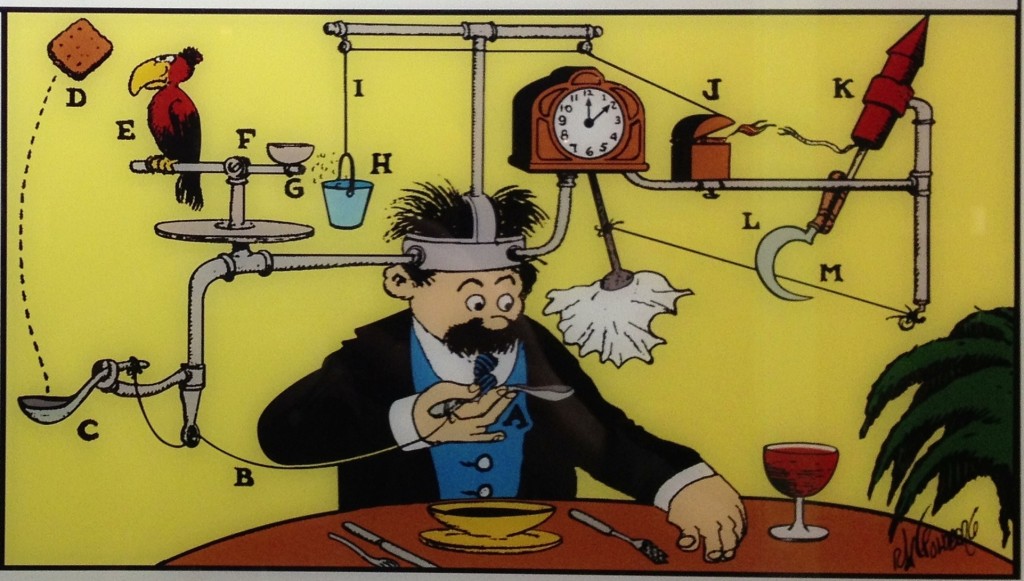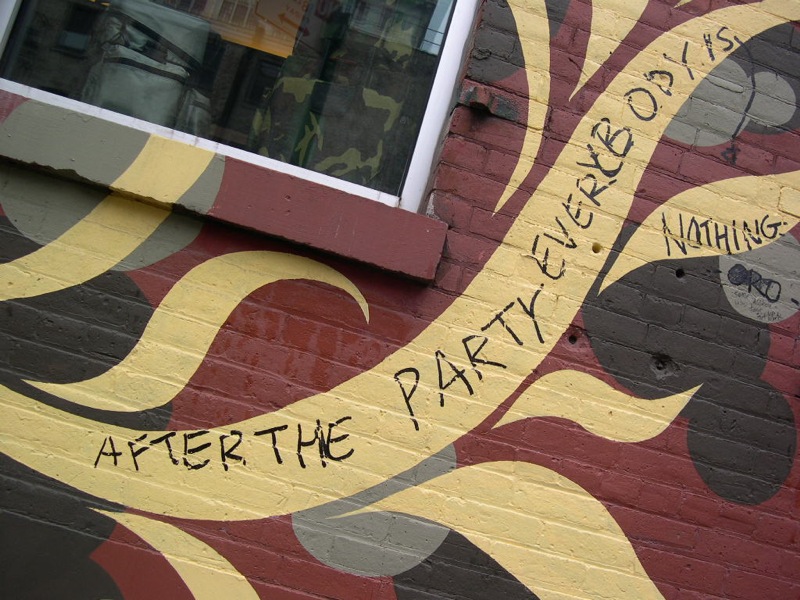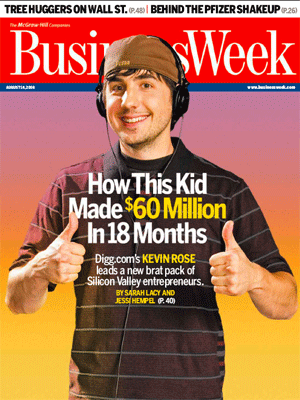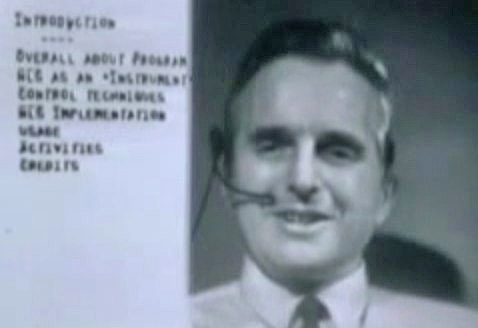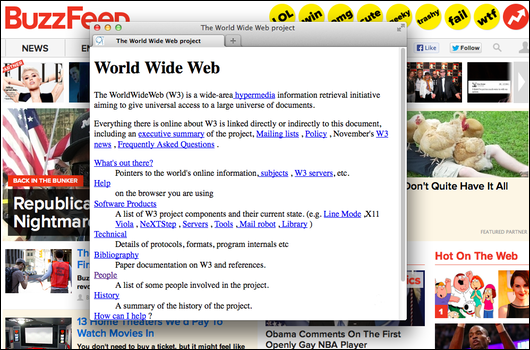For the last couple of days I’ve laid out in broad strokes the areas I intend to write about — the map of my new beat, being ourselves in the post-social world, which falls into two main areas: Life after Facebook, and personal authenticity, online.
But what exactly am I going to do? How will I organize and support this project? Today, I need to get a little meta.
First, the structure:
- I will post — reported pieces, interviews, essays and commentaries, and annotated links — regularly and frequently here, at least once a (week)day. So a blog, yes, but a focused and structured one.
- Less frequently — maybe once a month, maybe more — I will produce something longer-form.
- I will most likely crosspost some of this stuff on other sites and see what works. (The IndieWeb movement’s “POSSE†concept — post on your own site, syndicate elsewhere — makes a lot of sense to me.) I may be singing the “post-social†song, but social networks are how people find stuff to read today. A paradox, perhaps, but I’m not going to let that paralyze me.
- I want to choose what I write about by combining my own instincts and hunches with what I hear back from you. I’ll experiment with different ways of opening the blog monologue into a discussion. I’ve got some fun ideas in mind.
- I want to highlight the important work other people, publishers and organizations are doing in the areas I’m covering, and to spotlight the people, events and projects that have inspired what I’m doing here.
I am not suggesting that any of this is earth-shatteringly innovative, but it’s good to lay it out up front.
The “how do I support this†part is more interesting, more complex, and much more a work in progress. Here are my starting points:
-
I intend to work independently. I am not trying to grow a big enterprise. I am not building something to sell. I do not want to “scale up†(except in the broadest way, if my experiments prove useful to others). I have no exit strategy.
I have had the fantastic experience of building a startup, riding the hockey-stick growth curve, and helping take the whole thing public in an IPO. I have also had the less fantastic experience of riding the other side of that curve, fighting for survival, and succeeding. I learned plenty from both experiences; I have no need to relive either.
- Instead, I want to see how fully today’s technology and services can support what, for me, was the promise of the Web when I first encountered it in the mid-‘90s: an independent voice, embedded in a broader conversation but not beholden to any single sponsor, funder, or boss. “Freelance†is a great word, and I’ve done that, but freelance means you’re a knight for hire. My model is more the self-directed professional: I think of it as being a writer in private practice.
- I aim to connect as directly as I can with my readers/users/audience/friends/followers, given the tools and conventions available to online publishers in the mid 2010s. Too much of publishing is still about treating readers as numbers, objects, and targets; we say we want to “know” them but what we really mean is we want to know about them so we can sell them stuff. Can we entirely remove targeting from the picture and make the whole thing as real as feasible, as natural as meeting over a beer? Can we set out, not to know about readers, but actually to know them? (Right, it doesn’t scale. I know!)
In how many different places and ways can we meet “the people formerly known as the audience” and make the encounter honest and valuable? I’m channel-agnostic, but with a bias toward putting stuff out there without someone else’s ads or terms of service slapped on it.
Today’s publishing environment pushes us in one of two directions: You can play in the big mad game of eyeball monetization, where you set out to gather a huge crowd and then pelt it with ads; or you can content yourself with reaching a few friends and family on your blog (where you’re in charge but people’s attention is hard to dragoon) or in your social network (where your readers are congregating today but where you are at the mercy of fickle platform owners).
I believe there’s room in between — an unexplored opening between the aggressively commercial and the ambitionlessly casual. I want to test the viability of this middle ground. Is there a space to work between the frenzy of the Chartbeat addict and the dependency of the social-media sharecropper? I hope so. I think so. I’m going to find out.
Money, obviously, will be crucial, as it always is.
How to support this work? Where does the revenue come from? This question haunts every online publishing effort, large or small. I don’t have a sure answer at this point, but I have some strong feelings.
Advertising is the most common approach, and the one I have the most experience with over two decades of work in online journalism. And I have to say: it sucks. It still sucks. It’s as bad today — as invasive, as inefficient, and as widely resented — as it was when HotWired unveiled the first 468-pixel banner ad. Worse, in many ways.
Advertising pushes publishers in the direction of page-views above everything. It gets in the way of delivering a good experience to users. It forces site operators to implement technologies that cause engineers to cry out in pain. It introduces enormous overhead costs for both publisher and network. Directly or indirectly, it is responsible for nearly all of the things about the Web that irritate people — the page-view whoring, the attention-hijacking, the eyeball-hoarding, the endless tracking and privacy invasion and data appropriation.
Above all, advertising turns the simple two-way relationship between writer and reader, or publisher and user, into a treacherous triangle trade. Publishers have to pretend that the user is your customer, but everybody knows you’re actually under contract to capture those users and deliver them to the advertiser who is paying your bills.
I am not saying that all advertising-based publishing is evil. Plenty of publishers I admire — including influential sites like TPM, Slate, the Atlantic, Wired and BoingBoing, and blogging pros like Kottke and Gruber and Dooce, and tons of important local-news outlets — depend on ads. I have worked long and hard for businesses (like Salon) and nonprofits (like Grist) that relied on advertising and, who knows, I might do so again before my career is over.
So it’s not that ads are evil. But digital advertising today remains broken. It introduces endless complexity and compromise and it pushes us down roads I know too well. Right now, trying something different looks a lot more interesting.
At Salon I got the grand tour of internet-publishing business models. We tried them all, sometimes more than once: Advertising. Sponsorships. Custom content (now known as “native advertisingâ€). Partial paywall. Full paywall. “Affinity-groupâ€/membership program. Premium membership. IPO money. Foundation money. Desperate letters from our editor pleading for money.
One of these approaches, or some combination of them, might work — indeed, is working today — for some publishers. But none of them makes a lot of sense for what I want to do with Wordyard.
What I have in mind — in an indistinct, still-germinating way — is a simple, direct transaction: I will do this work, and if enough people like it enough to kick in a few bucks, I will be able to keep doing it. I’m not thinking “tip jar” or donations, exactly. (I’m not incorporating as a nonprofit.) I’m imagining something more like paying a small annual fee for a premium-grade Web service that you like and wish to keep around. (What the enticement might be at the higher service level — or whether there even needs to be one at all — I don’t know yet.)
Those of you who have been following this topic for a long time will recognize that this approach draws on some of Kevin Kelly’s “thousand true fans†concept (except I think of anyone reading this as a peer, not a fan) and some of Andrew Sullivan’s “Dish model.†I find both of these concepts inspiring.
Yes, this needs a lot more thinking through. It’s far too early to ask for support or money, anyway. I just want to be open about where I see this going — and also to forestall the inevitable shouts of “BUT WHERE’S THE BUSINESS MODEL?????â€
Whatever course I choose, I’ll tell the story in real time here and share as much as I can of the data, the thinking behind my choices, and the outcomes. by chronicling the effort, I hope others can benefit from any success I have — and learn from all the mistakes I know I’ll make.
When I published my first independent website (my god, this coming January will mark the 20-year anniversary for that), in gloriously crude hand-hewn HTML, I had the romantic notion that this amazing new platform would allow me to strike out on my own as a one-person-does-it-all writer/editor/publisher. But I didn’t really know how to make that work in 1995 (and the good ship Salon — then, hah, Salon1999.com! — looked a lot more inviting).
I never fully shook that dream, though, and now I think I’m ready to try again.
So this whole project about “being ourselves” is also — in a roundabout, recursive way — my own attempt to be myself, right here. Since you’ve read this far: Thanks for joining me. I’m going to do my damnedest to make it worth your while.


